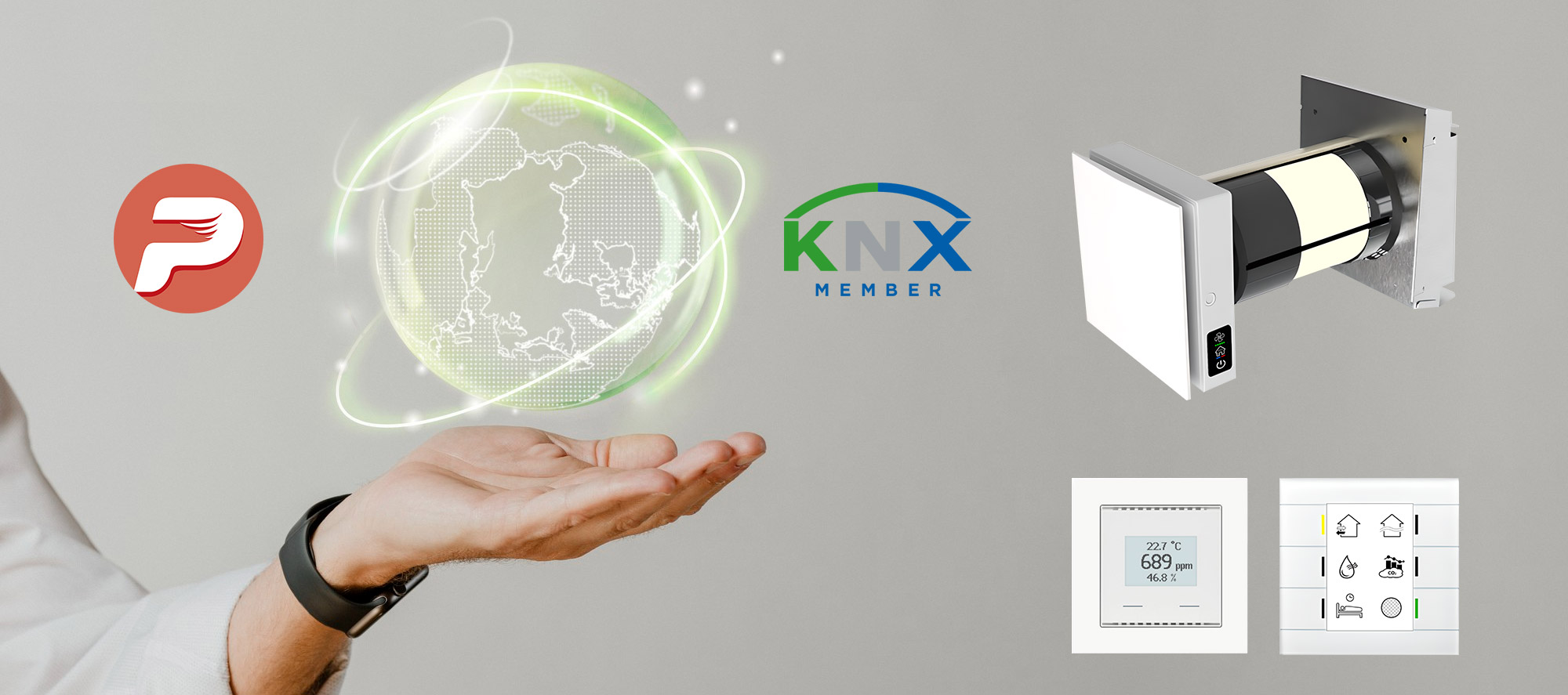
Our Passiv Energie Heat Recovery Ventilation System integrated into the KNX standard
KNX is a globally recognized standard for building automation. It is a manufacturer-independent system that enables the integration and control of various components in a building. With KNX, lighting, heating, air conditioning, ventilation, blinds, security systems, audio/video devices, and other electrical devices can be interconnected and centrally controlled.
KNX is based on a bus system where all connected devices communicate via a common data bus. Communication is done through standardized telegrams that can be sent and received by the connected devices. This allows different manufacturers to network their KNX-compatible products and enable unified control.
The KNX system offers numerous advantages, including flexibility, scalability, energy efficiency, and comfort. It allows central control and monitoring of all connected devices through various control elements such as switches, sensors, remote controls, smartphones, or tablets. Additionally, KNX supports the automation of processes, such as time control, presence detection, or weather data.
Passiv Energie has been an official member of KNX since June 2023, and we would like to briefly introduce the possibilities with KNX. Our ventilation system is compatible with KNX, but we do not market KNX sensors, switches, etc., ourselves.

Efficient control, features, and applications
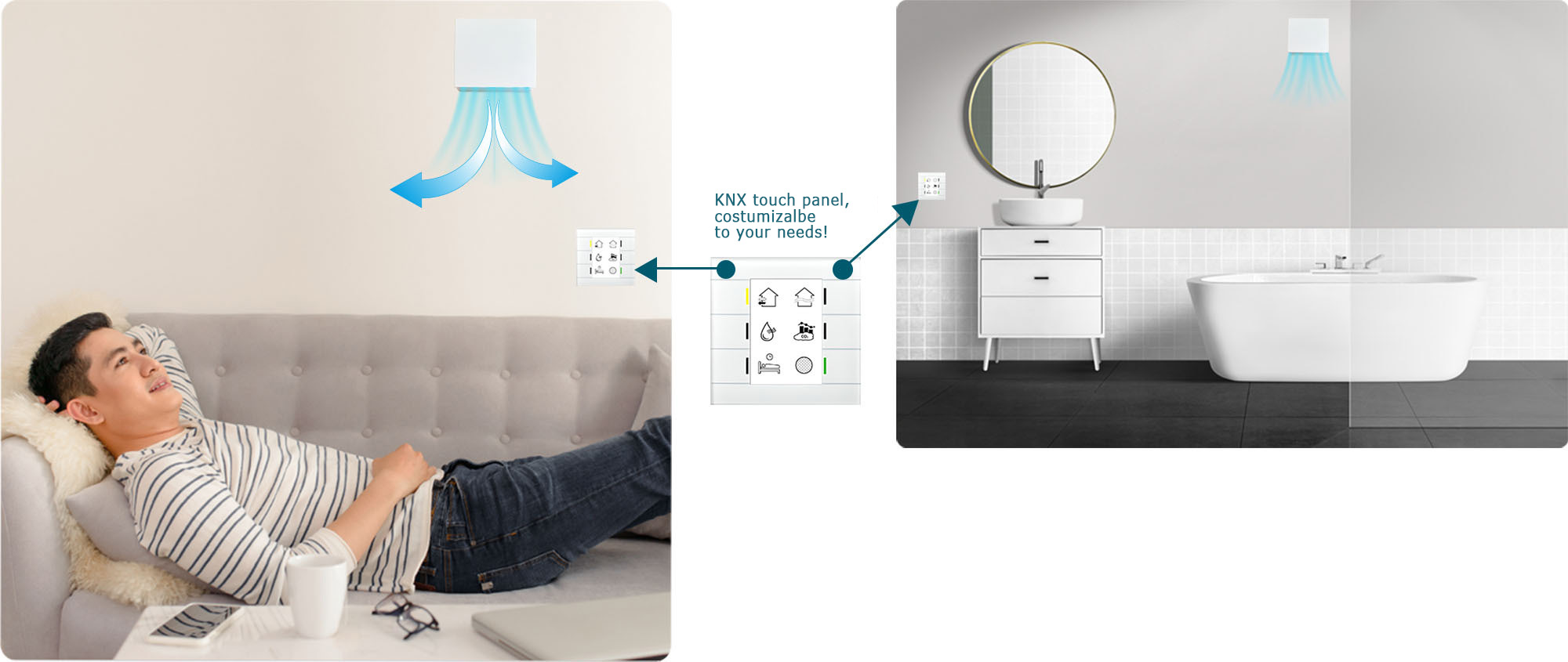
Sensor monitoring: For example, KNX allows monitoring of the CO2 level or humidity in a room. If a specific threshold is exceeded, the KNX system can increase ventilation to bring in fresh air and improve air quality. This ensures a healthy and comfortable indoor environment.
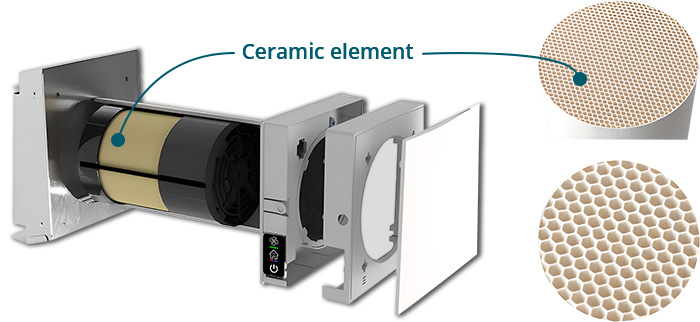
Integration with other systems: KNX devices can be integrated with other trades and systems in the building. Our ventilation systems can be linked with switch-panels and sensors to adjust ventilation based on the temperature level. This is particularly useful as our ventilation system, thanks to its high quality honey-comb ceramic element, achieves a high heat recovery efficiency.
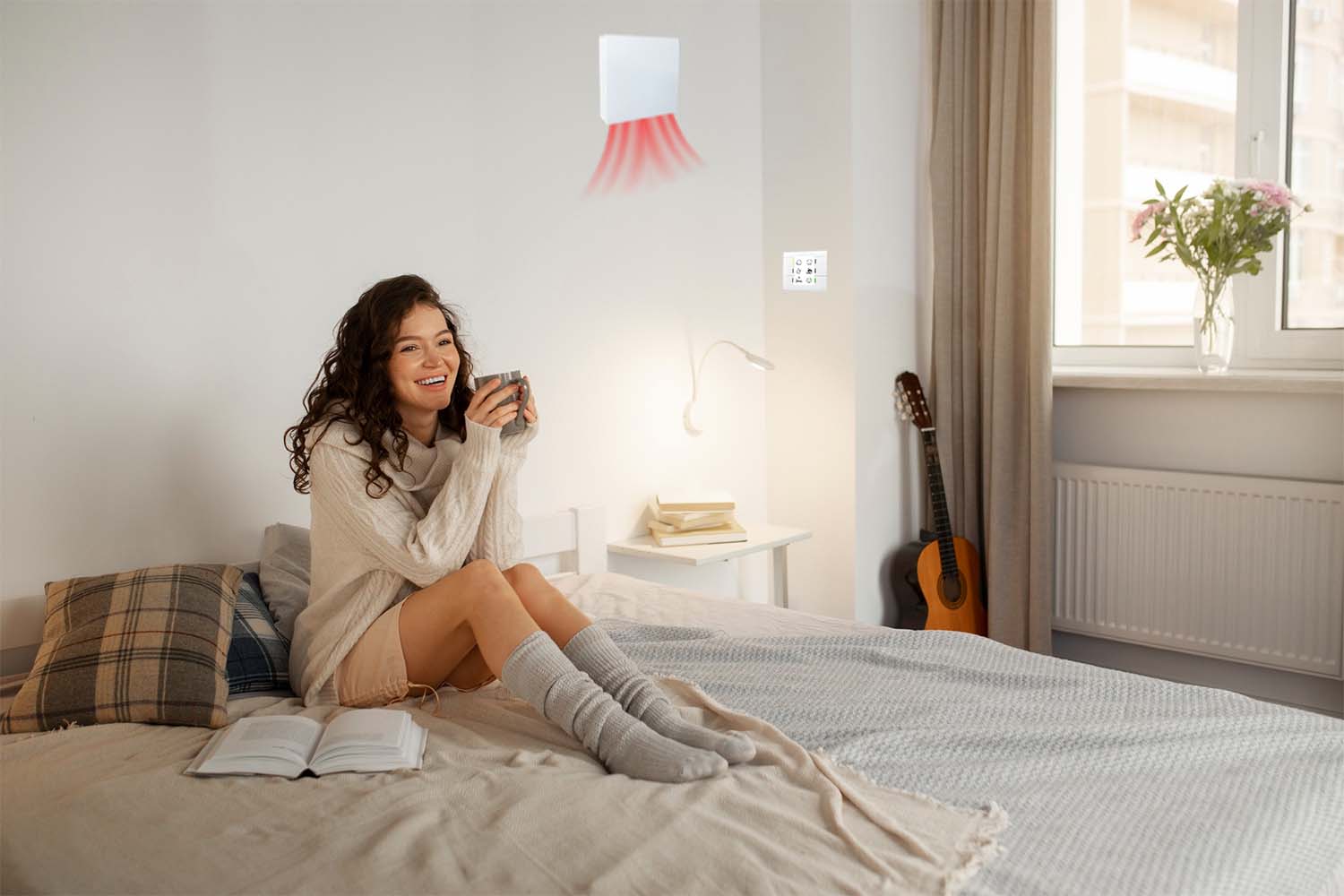
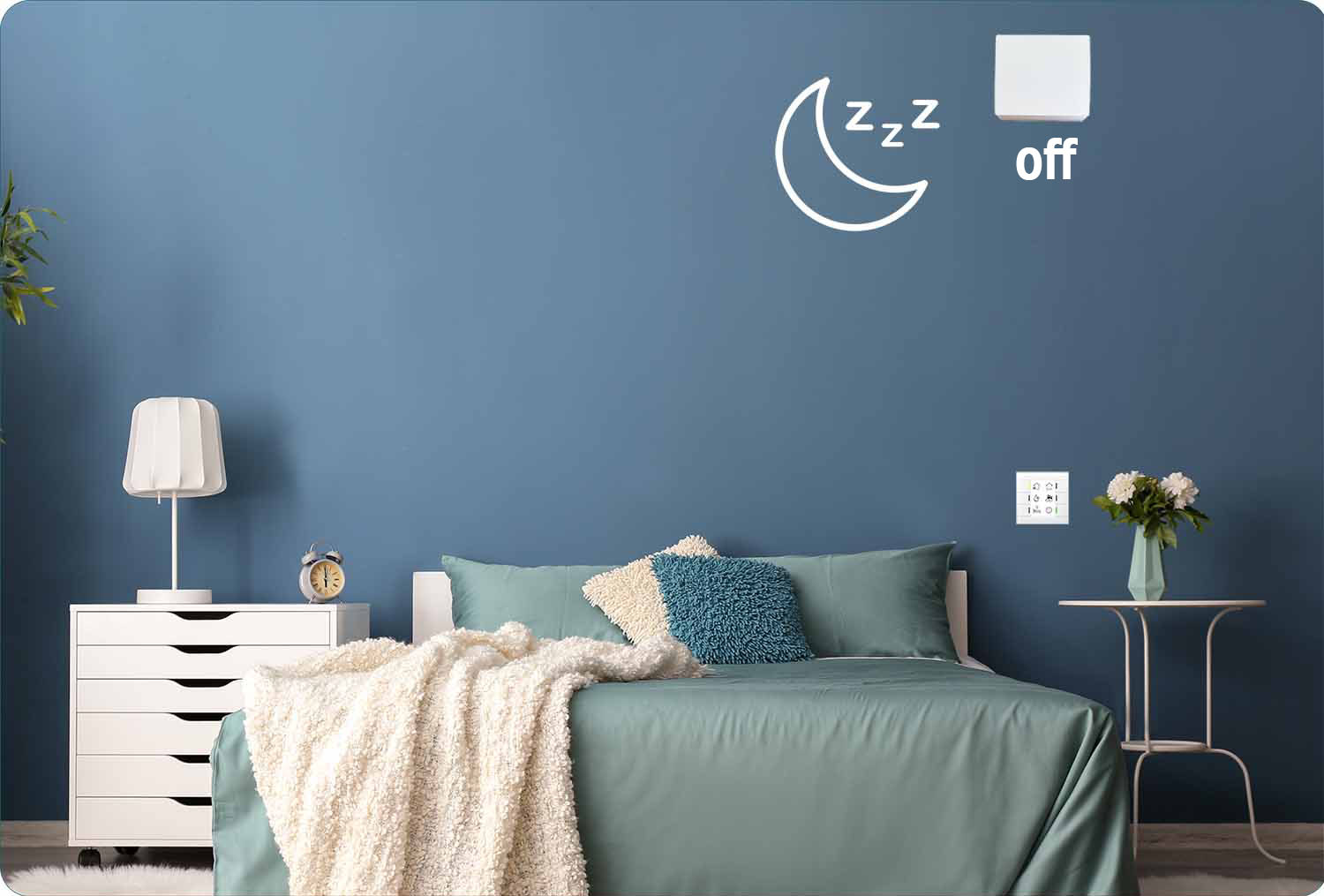
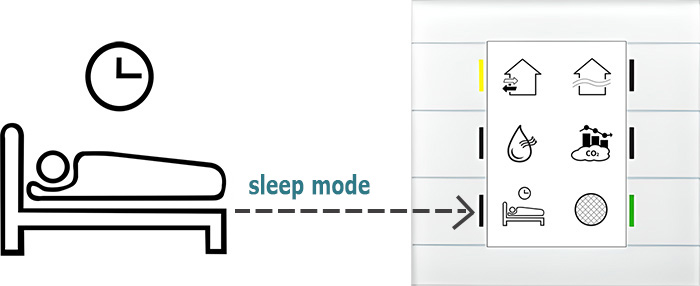
Time control and schedules: With KNX, you can set up time control functions for ventilation systems. You can create schedules to automatically activate or deactivate ventilation at specific times. This is particularly useful to reduce ventilation outside office hours or during the night, saving energy.

Zone-based control: KNX enables zone-based control of ventilation systems. You can define different ventilation zones in a building, such as dining rooms, bedrooms, or living areas, and regulate ventilation in each zone individually.This allows optimizing air quality in different areas.
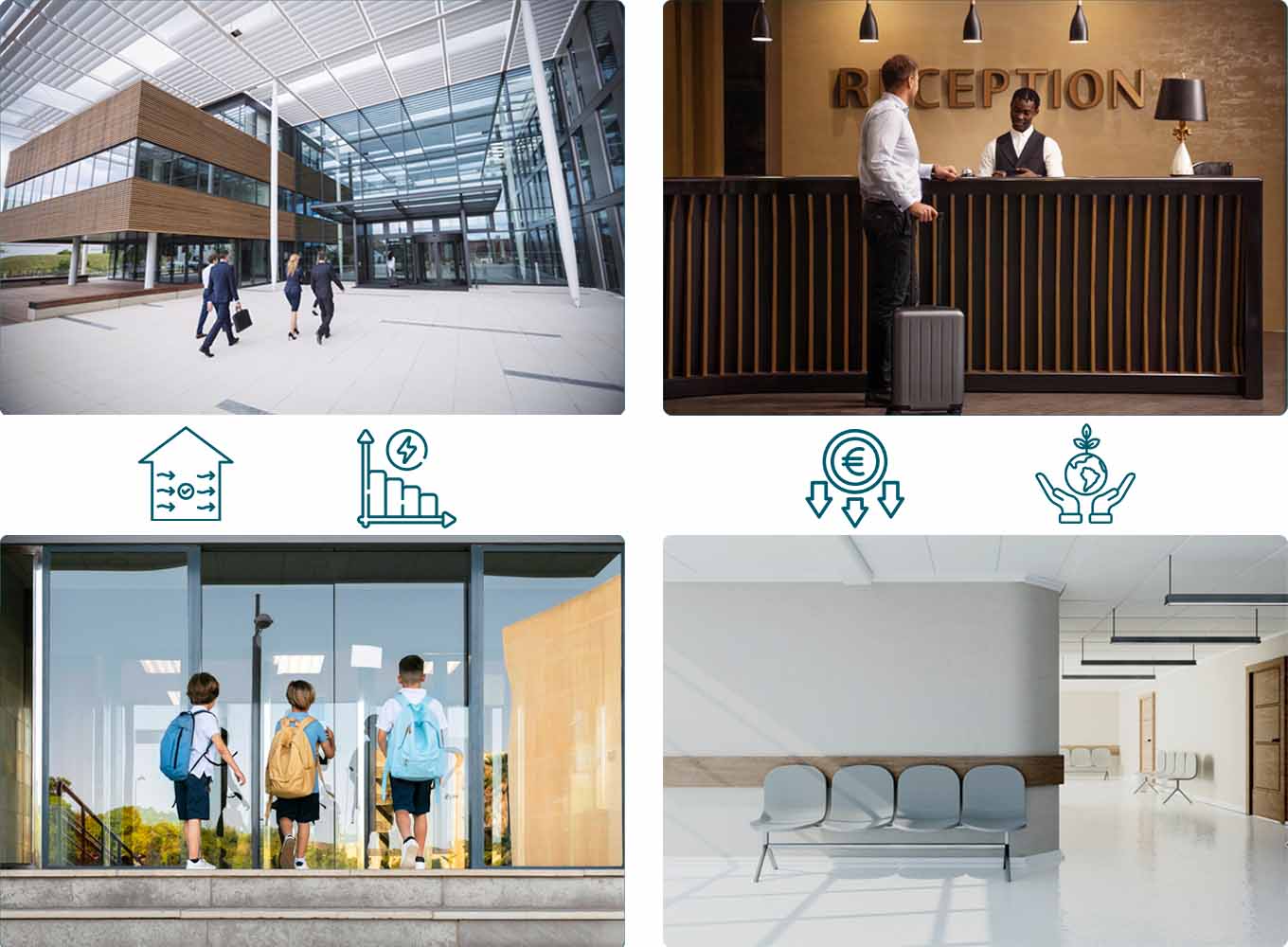
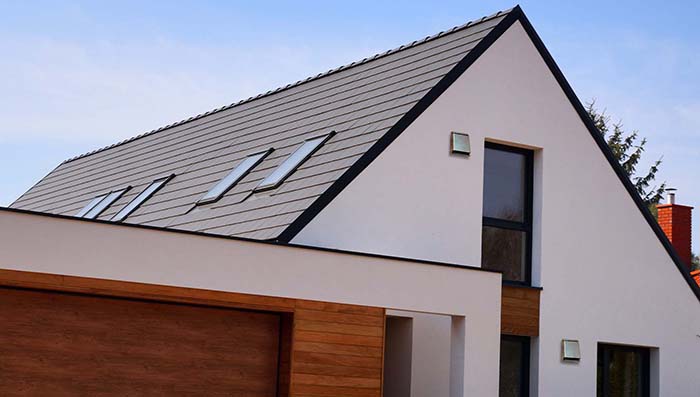
The integration of ventilation systems into a KNX system provides precise and efficient control, leading to better air quality, energy savings, and a comfortable indoor climate. By flexibly adapting to individual requirements, you can implement customized solutions for various applications such as residential homes, office buildings, hotels, schools, or healthcare facilities.

KNX control elements with visualization:
KNX devices not only provide advanced control options but also impressive visualization of your indoor climate.
With room controllers or the connection to your smartphone, you get essential information about humidity,
temperature, and CO2 levels in your room at a glance. This allows for a deeper understanding and better control
of your indoor climate.
If you want to learn more about our 'Venti-App' for remote control of your ventilation system via your smartphone,
please visit our Venti-App-page →
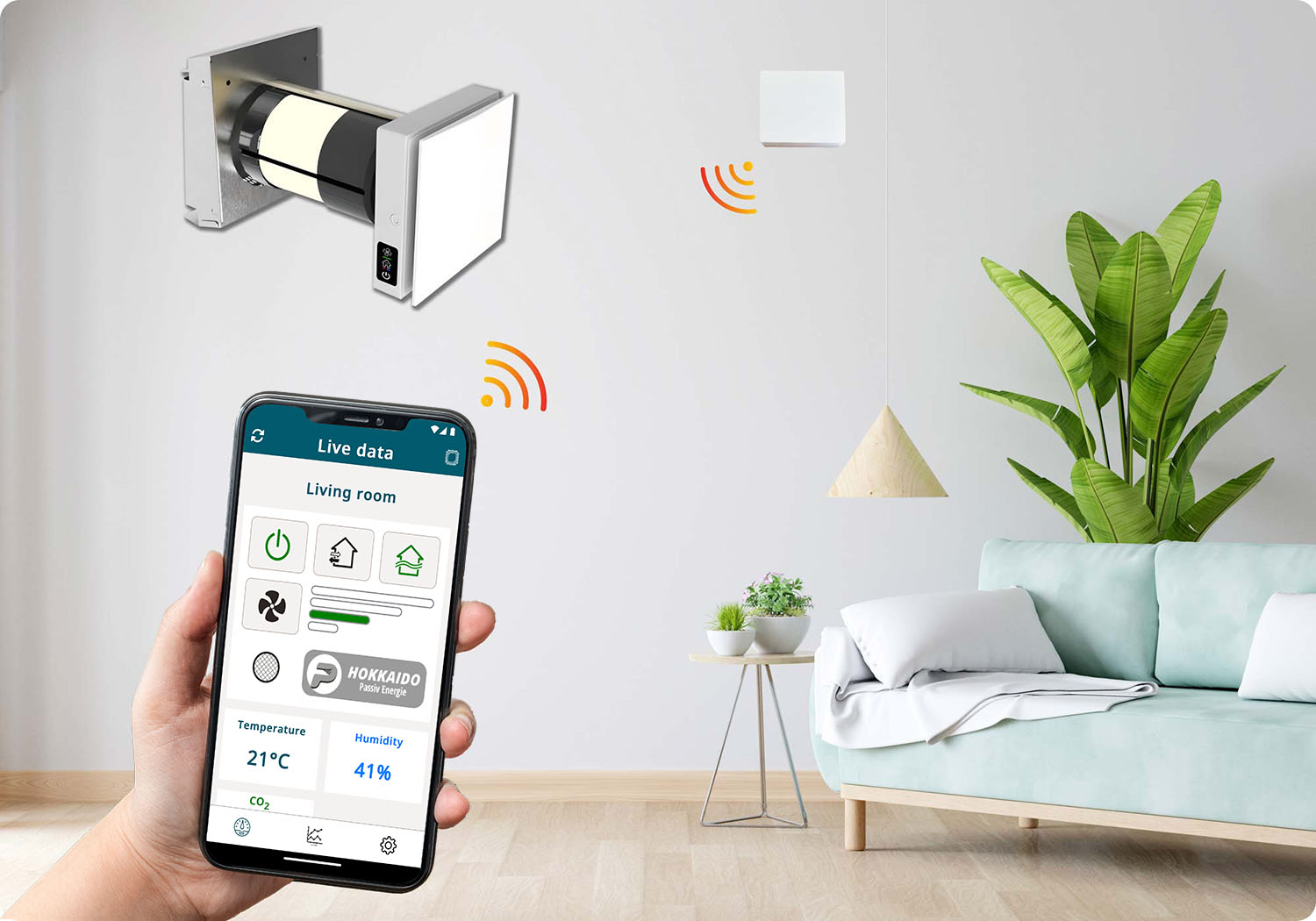
Detection and control of air quality through KNX

KNX will remain a reliable standard in the future as well
- Manufacturer-independent, KNX devices from different manufacturers are compatible with each other.
- KNX Association, advancing the KNX standard
- Flexibility enables adaptation to various requirements
- Integration of future technologies, such as IoT
- Strict certification processes for KNX products to ensure quality
- A large community of manufacturers, integrators, users, etc., contributes to stability
Linking with KNX allows you to fully control and automate this ventilation system. Other KNX devices that are responsible for other things such as heating, energy management, appliances or security systems can also be installed in the system. This can further increase comfort and energy savings.
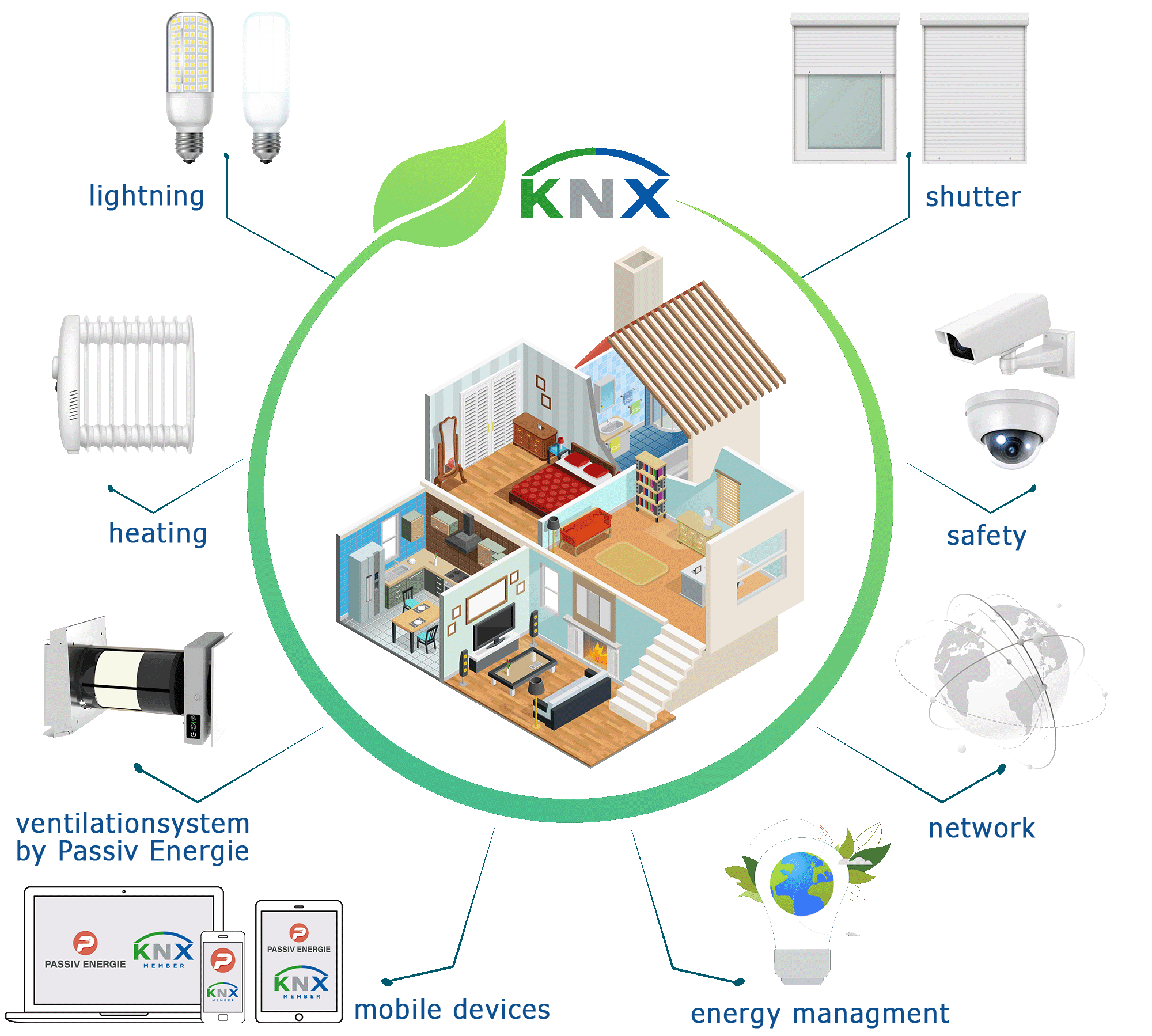
KNX touch panels in conjunction with our Hokkaido ventilation system
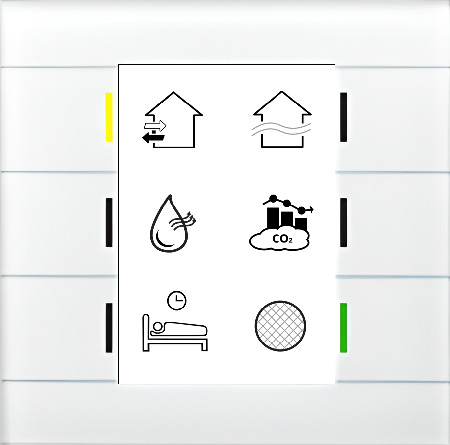
With KNX, various ventilation modes can be implemented that are adapted to the current conditions and requirements. You can switch between different modes such as heat exchange, night purge, or sleep mode.
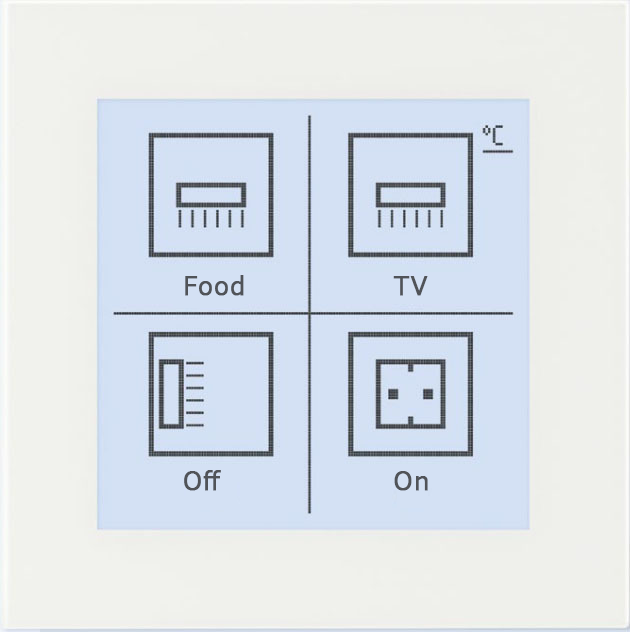
Individual programming options for personal preferences ensure an extraordinary user experience. Group divisions into rooms are possible, and you can choose exactly the things within the groups that you want.
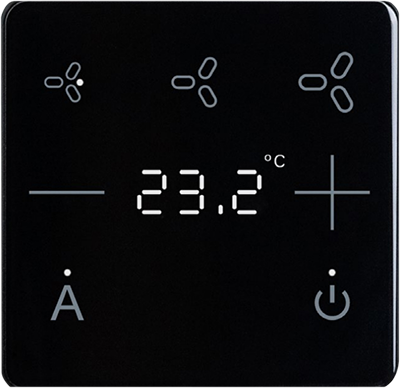
KNX enables the automation of ventilation control based on various sensor parameters. Depending on the situation in the room, KNX will adjust the operation mode of our ventilation system to maintain an optimal and healthy indoor climate. For example, when a predefined threshold is reached in terms of CO2 levels or humidity. The automatic control and the heat recovery efficiency of the Hokkaido fans ensure a high level of energy efficiency.
If you would like to learn more about KNX, visit the official KNX website here:
KNX Homepage →
Download our KNX catalog for further information about how our HRV ventilation systems integrate into the KNX network:
Do not hesitate to contact us directly if you have any questions

